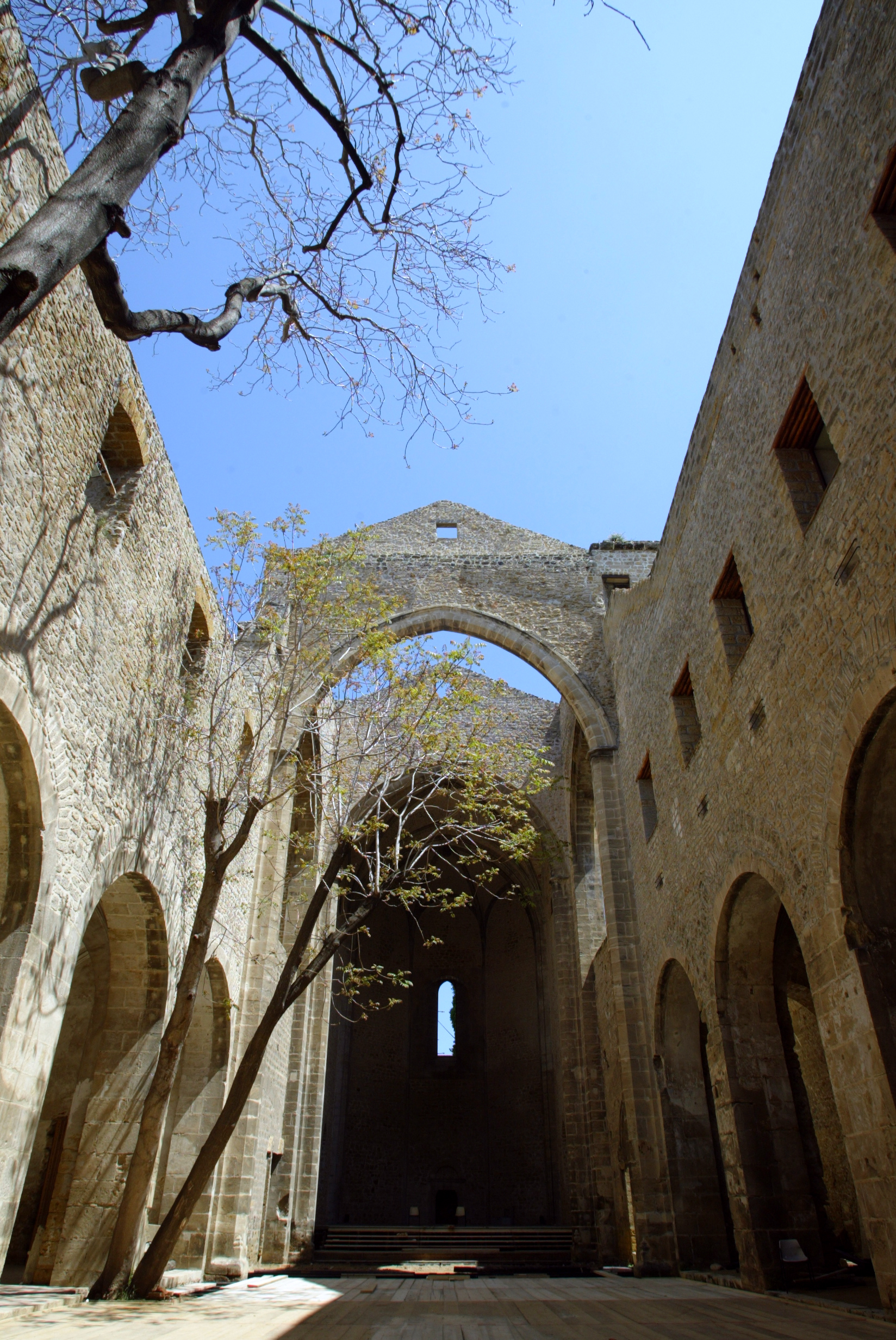
Read English version
Esso è qualcosa di più che un monumento: è teatro, sala da concerto, luogo di riunioni della città, spazio di socialità.
Visite: Tutti i giorni h 09.30am/6.00pm. Lunedì chiuso
-
Contatti: 091 740 88 62
* ENGLISH
The Spasimo church, with a large central nave and large side chapels, typical of the Northern-Gothic trend, still shows the overlapping of other styles.
These range from the architect Matteo Carnalivari’s design characterized by the big Diminished Arch (Arco Ribassato) of the pronaos at the entrance and by the bases of some of the supporting structure abutments, to the gothic flower of the single-light windows “monofore” – which give light to the lateral chapels and to the pseudo-Arab cupola covering the northern front building.
Alongside the church are also visible the mid-sixteenth century fortifications and the 17th century changes – when part of the monumental complex was transformed into lazzaretto ((leper or later even TB Hospital)are still visible the architectural bodies which were added at the end of the eighteenth century when Spasimo became the “Ospedale Principe Umberto” (Prince Umberto Hospital).
The central nave and the other rooms at the entrance continued to be used for storing goods even after the Unity of Italy, while the nave side chapels were turned into lateral aisles, after the dividing walls had been cut down.
When the consolidation and restoration processes were completed, Spasimo became the emblem of the newly discovered city.
It is something more than a monument: it is a theater, a concert hall, a city meeting place, a sociality space.
The notes of young composers, the shows of “Palermo’s Summer”, the surprise and emotions of those who visited it, show the new way in which the city lives with itself.The magical ability of the place to fascinate and involve, conceives Spasimo as a space to live, as a sign of the multiplicity of functions and the contamination of languages: a space for exhibitions, music, theater, cinema and dance or only a space for meeting and strolling, during the day or the evening. Address: via dello Spasimo
Visits: daily h 09.30am/6.00pm. Monday closed
Contacts: 091 740 88 62
